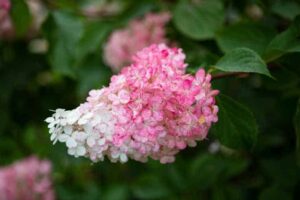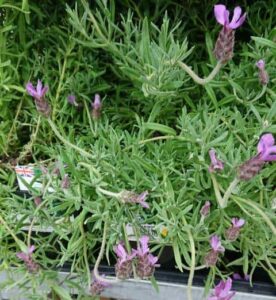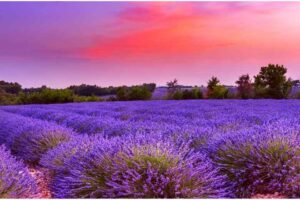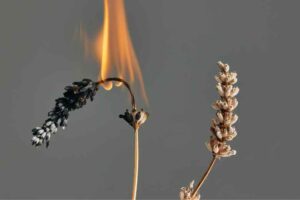
Hydrangeas are beloved summer flowering shrubs known for their showy blooms that come in various colors. But do hydrangeas smell good? The answer involves a few factors that determine their fragrance.
While hydrangeas themselves usually have very faint or no scent, there are a few varieties that are more aromatic than others. Some types of hydrangea blooms also release a pleasant smell when touched or crushed. Let’s take a deeper look at the scents of different hydrangea varieties.
1. Mophead and Lacecap Hydrangeas

Among the most popular and widely grown hydrangea types are mophead and lace-cap hydrangeas. These include bigleaf hydrangeas and smooth hydrangeas like ‘Nikko Blue.’ Unfortunately, these varieties have very minimal scent, if any detectable fragrance at all, from their round ball-like flower clusters.
Some gardeners report a very faint, sweet aroma when the blooms are crushed or rubbed. But otherwise, most describe mophead and lace-cap hydrangeas as being essentially scentless when left intact on the shrub. Their soft pink, blue, or purple blooms are beautiful to look at but don’t offer much olfactory appeal.
2. Panicle Hydrangeas

In contrast, panicle hydrangeas like ‘Incrediball’ and ‘Firelight’ have blooms that definitively release a noticeable fragrance. Their conical flower clusters emit a light, sweet scent when breezes lightly brush against them. The fragrance has been likened to cherry or grape Kool-Aid.
It’s a subtle aroma but pleasant and refreshing compared to the lack of smell from mopheads. On hot summer days, the fruity perfume wafting from panicle hydrangeas adds another dimension of enjoyment to the hydrangea. Their scent can be smelled from several feet away.
3. Oakleaf Hydrangeas

Oakleaf hydrangeas like ‘Alice’ have blooms and foliage that together offer one of the strongest scents among hydrangea varieties. As the flowers fade in late summer, their sturdy flower spikes develop an almost spicy, cinnamon-like fragrance.
It becomes more intense when leaves on the oakleaf hydrangea start to turn vibrant shades of red and purple in fall. Even the dried flowers retain hints of this woody, warm scent through winter if left on the shrub. For those seeking fragrant hydrangeas, oakleaf types are an excellent choice.
Reasons for Variation in Scent
So, in summary – while mopheads are usually scentless, panicle and oakleaf hydrangeas do emit pleasing perfumes of various intensities. But why such a difference? There are a few factors at play:
- Flower Structure: Tight clusters like mopheads trap scents, whereas open panicles/spikes allow perfumes to disperse.
- Botanical Classification: Asiatic hydrangeas (mopheads) evolved different chemical compositions than Deciduous hydrangeas (panicles, oakleaves).
- Adaptation: Developing scent may not have benefited shrubs’ survival/reproduction as much as showy blooms did through natural selection.
- Breeding History: Modern cultivars were selected more for colorful blooms than fragrance over decades of hybridization.
So, the diversity in hydrangea scents comes down to subtle variations in their biology and horticultural development. While mopheads remain fairly odorless, other hydrangea flowers offer pleasant fragrances for the nose.
Enjoying Hydrangea Fragrances
For hydrangea gardeners, here are some tips to best enjoy the sweet perfumes:
- Grow fragrant panicle or oakleaf hydrangeas in shrub borders or pots near seating areas.
- Gently rub flower clusters between your fingers to release encapsulated scents on still evenings.
- Place a vase of freshly cut hydrangea blooms inside to fill a room with their aroma.
- Harvest blooms and foliage in fall to dry for sachets or potpourri displaying their woodsy hint.
With so many hydrangea choices, considering fragrance potential gives another dimension to selection. While mopheads may be beautiful but bland, other hydrangea varieties truly earn their place in the garden by developing delightful scents as a bonus attraction.
Conclusion
while some hydrangea types, like mopheads, are often odorless, other hydrangea varieties – particularly panicles and oakleaf hydrangeas – do possess appealing fragrances of varying strengths. Their scents range from subtle fruity bouquets to spicy autumnal perfumes. For the nose, fragrant hydrangeas make wonderful additions to any garden, enhancing the sensory experience beyond just their colorful blooms.







